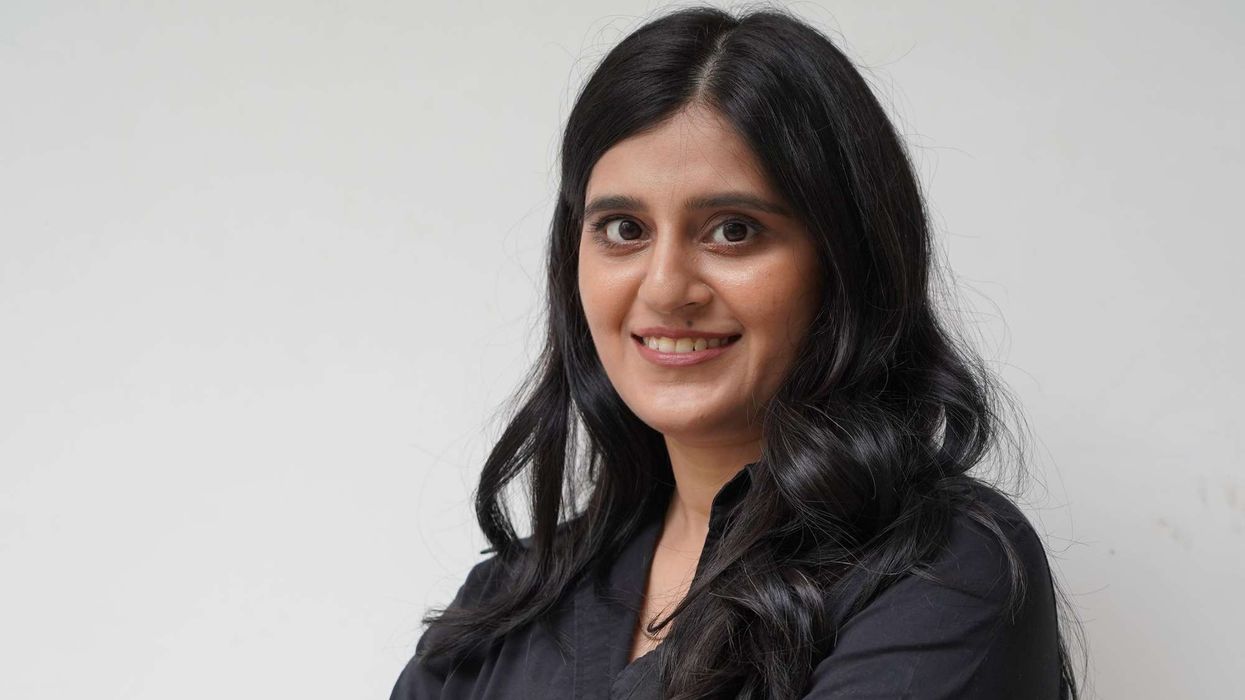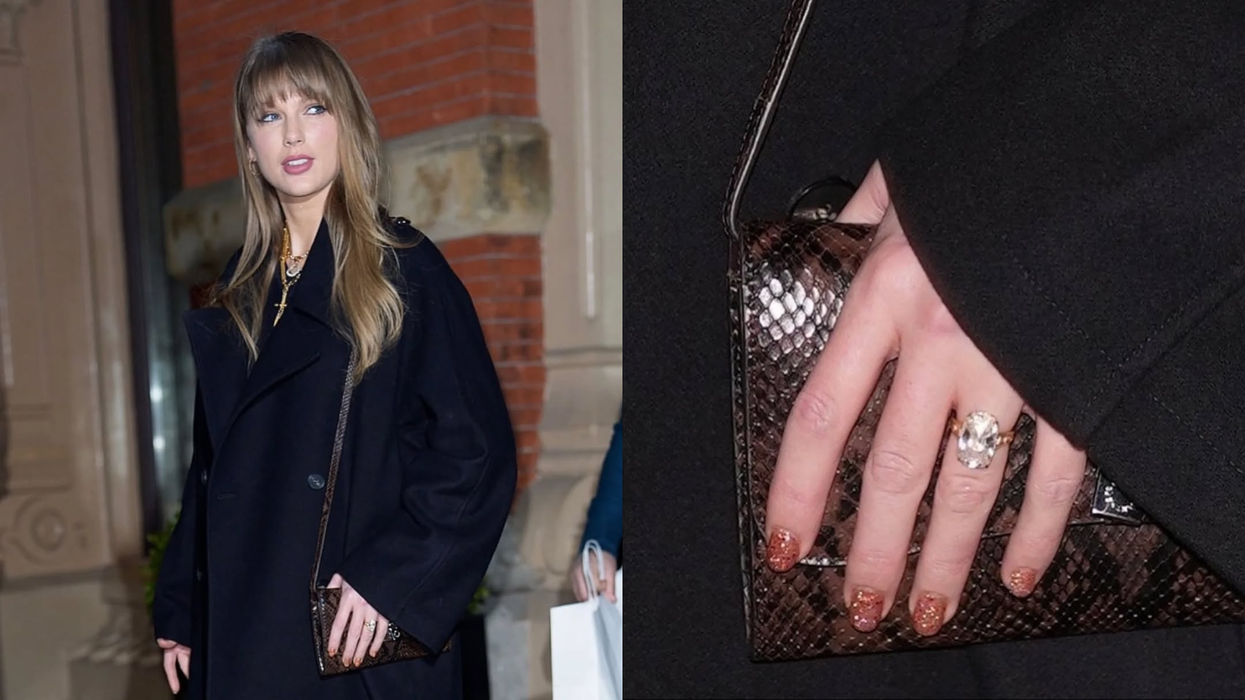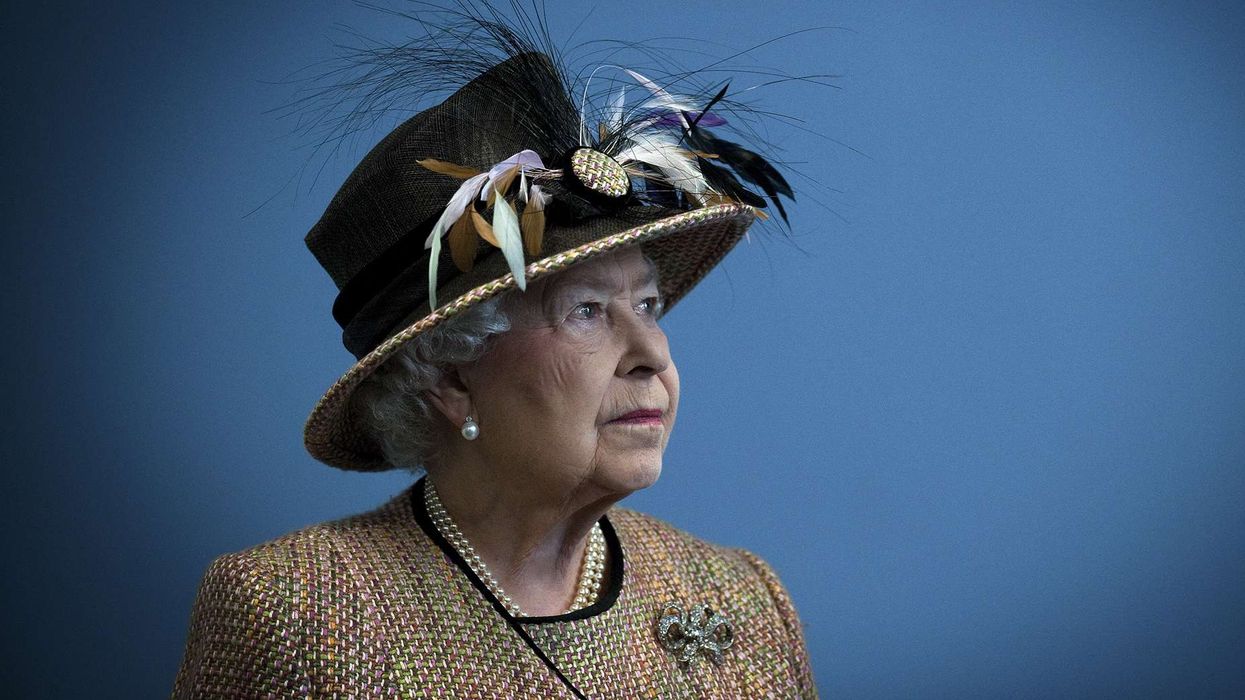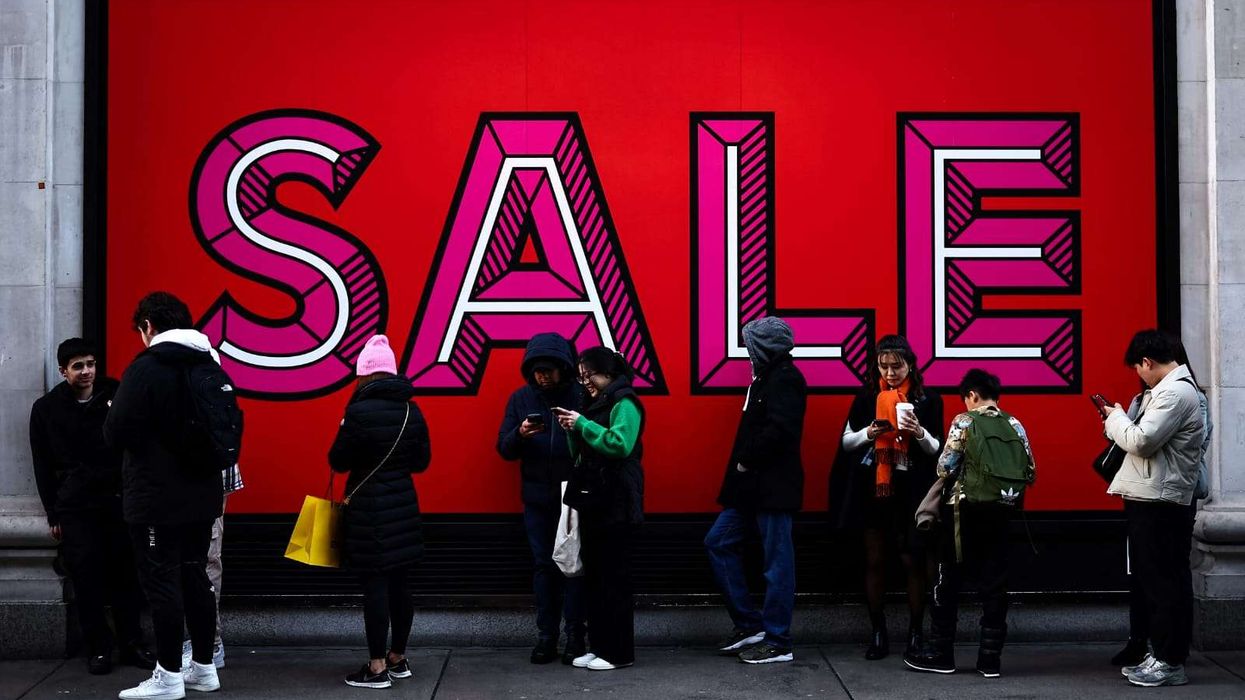A television advert for the chocolate bar Twix has been banned in the UK by the Advertising Standards Authority (ASA) after it was found to promote unsafe driving. The advert, produced by Mars-Wrigley, featured a high-speed car chase involving two identical caramel-coloured cars, which ends in a crash with one vehicle stacked on top of the other, resembling a Twix bar.
Complaints raise driving safety concerns
The ASA received five complaints, with viewers arguing that the advert encouraged dangerous and irresponsible driving. Mars-Wrigley defended the campaign, describing it as having a “cinematic presentation” set in a “fantastical and absurd” world. Clearcast, the body that approves ads for broadcast, supported this view.
Advert breaches Highway Code expectations
While the ASA acknowledged the crash scene was unrealistic and exaggerated, it ruled the first half of the ad appeared to show driving that would likely breach legal standards set by the Highway Code. This included visible skid marks, fast-paced music and an overall emphasis on speed.
- YouTube YouTube/ TWIX
The ASA stated that the advert “must not appear again” in its current form as it “condoned unsafe driving”.
Mars-Wrigley and Clearcast defend advert
Mars-Wrigley insisted that all vehicles were filmed at legal speeds and that any real-life imitation would reflect lawful driving. The company also said the ad reflected Twix’s well-known “absurd and playful” tone.
Clearcast added that the stylised nature of the advert made it clear it was not to be emulated and did not imply that safe driving was boring.
ASA issues warning to Mars-Wrigley
The ASA instructed Mars-Wrigley to avoid condoning or encouraging irresponsible driving in future advertising, particularly anything that could breach the Highway Code.
Twix is part of the Mars-Wrigley product range, which also includes M&Ms, Celebrations and Maltesers.













